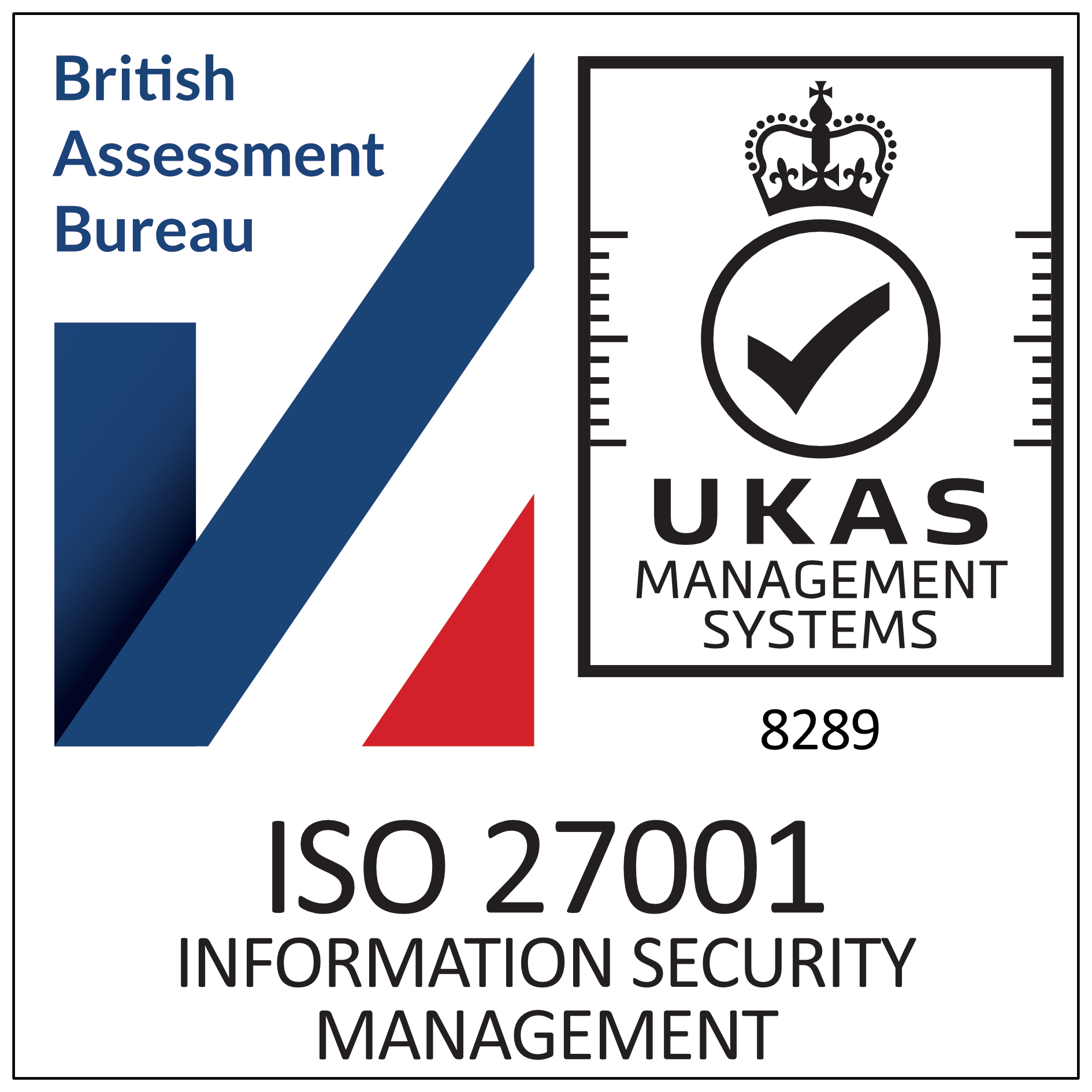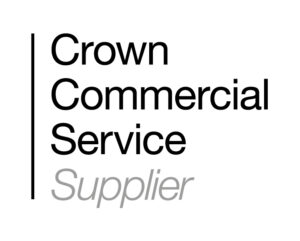Insiders Guide to Buying NHS Workforce Systems, Services, and Beyond Part Three – Searching for the Perfect Fit
Insiders Guide to Buying NHS Workforce Systems, Services, and Beyond Part Three – Searching for the Perfect Fit

Introduction: Finding the Right Provider
In our second instalment of this series, we took a deep dive into the heart of decision-making for choosing the right workforce solution for your NHS Trust. Starting with identifying the real problem at hand and not just the surface issues, we emphasised the importance of understanding your trust’s unique needs, goals, and obstacles. Drawing on the wisdom of Einstein and Lincoln, we illustrated the pivotal role of ‘problem definition’ in determining the most effective solutions. We proposed a five-step process, encouraging trusts to invest time in understanding the problem, spotting barriers, considering their core values, reflecting on potential solutions, and finally, carrying out risk assessments. We ended on a note of flexibility, urging readers to remember that one size doesn’t fit all and that the right solution may evolve as your needs change.
Now, let’s turn our focus to the next crucial element in our journey – choosing the right provider for your NHS trust. We’re moving from the ‘what’ to the ‘who’, and this shift requires us to consider a whole new set of factors. The right solution is only half the equation. Equally important is partnering with the right provider to help bring your chosen solution to life.
In this article, we’ll explore how to identify potential red flags and critical factors that can influence your choice of a workforce solution provider. We’ll offer insights into how to make this partnership work effectively, optimising the relationship to drive continual performance improvements within your trust. So, fasten your seatbelts as we embark on this exciting next stage of our journey towards optimal workforce management in your NHS trust.
What to look out for in a provider:
Stumbling upon potential providers can be as simple as a Google search or a word-of-mouth recommendation. We are everywhere, you will see us all over social media, you will get phone calls, you will talk to us at conferences. Having options is not a problem unless you have a distinct and unique issue that is not yet in the marketplace.
There is and should be a distinct difference between finding the right solution and the right provider to deliver it. Finding the right provider is a bit like solving a puzzle – it’s both a science and an art. It can be both objective and subjective. Some providers might seem like the perfect fit for your needs right now and in the future, while others might not quite hit the mark. But it’s vital to remember that the choice isn’t simply about system features or service scope. There’s more to it than that.
Typically when you speak with a provider they will sell you a solution, obvious right? But is that what they should be doing and what you should require of them? In the previous article we discussed identifying the problem you want to solve, what you value, your required outcomes and the risks, which are all imperative to finding the right solution. Shouldn’t your potential provider be proactive in understanding these as well? The first thing to establish is this, is the provider looking for a sale or to solve a problem. They are two very very different things.
When you’re weighing up systems or services, it’s tempting to focus on their capabilities and cost. Sure, these elements matter—but they won’t solely determine the long-term value and effectiveness of your choice. After all, when you invest in a system or service, you’re playing the long game—you don’t want to keep switching tracks. Your goal? Lasting, positive impact. That’s why it’s so crucial to delve into how a provider delivers their system or solution, engages with clients, and ensures the very best results.
To steer your decision-making, consider these critical questions:
- Understanding of Needs: Does the provider seek to understand your specific problem and offer a tailored solution?
- User and Stakeholder Support: How does the provider support its users and stakeholders? Is that the kind of support you want, or would you prefer to keep that in-house?
- Communication: How strong is their communication, and how often do you hear from them? Can you get in touch when you need them?
- Flexibility: How flexible are they? Can they pivot quickly to meet changes in national or local requirements? Are they able to adapt their service or product to fit your evolving needs?
- Dependence and Autonomy: How reliant will you be on the provider to accomplish tasks and achieve the results you’re after? Are you aiming for self-sufficiency, or would you like the provider to take the reins?
- Responsiveness: How do they respond to evolving needs and handle unexpected issues or hiccups along the way?
- Reputation: What’s the word on the street about them? Look for testimonials and reviews. What does their track record suggest?
- Alignment with Goals: How sure are you that this provider can partner with you to deliver the outcomes you’re seeking, in line with your value priorities?
- Transparency: Are their pricing and discount models clear and straightforward?
- Availability of Demonstrations: Are they willing to offer demos or trials of their services to let you gauge their effectiveness before a long-term commitment?
- Transition and Implementation Plan: Do they have a comprehensive and clear plan for the transition and implementation of their system or service?
- Ongoing Relationship Management: What does their post-sales service look like? Do they provide ongoing support, updates, and improvements once the system or service is up and running?
- Evaluation and Feedback Process: How open are they to regular evaluations and feedback to enhance the system or service?
By asking these questions, you can ensure that you’re making a holistic decision that not only considers the solution itself but also the provider’s approach to delivering that solution. Please feel free to use our handy checklist when considering these factors.
Remember, any solution you adopt for today’s challenges should also be ready to flex for tomorrow’s shifts. There’s no one-size-fits-all solution, but getting a handle on a provider’s track record can give you a valuable peek into their potential.
Research is key here. When purchasing big ticket items for ourselves we do our research to ensure we make the correct decision. This is no different in fact when using the public purse it is arguably more important. It can be time consuming, but getting it wrong will eat up far more time and money.
Finally, don’t forget about the procurement process. Whether you opt for a tender, pick from a framework, or go for a direct award will depend on the outcomes you’re after and who can deliver them. Your shortlist of providers may be long, or it may be short. By following the advice in these articles you should be assured that whatever the length of the shortlist it is based on quality and a good fit. If you are relying on procurement to undertake the process ensure they understand fully your requirements as they will have a vested interest in getting it right for you.
Not all solutions will fit your goals and value priorities. That’s why a comprehensive approach is key when you’re hunting for the provider that’s the perfect fit for you.
Red Flags to Look Out For
When searching for a provider, there are a few red flags to look out for. These are things that are warning signs that could derail progress toward your goal or be in conflict with your value priorities. These are different dependant on your needs but may include:
- Providers that focus on ‘what they can do’ rather than ‘what you need’
- Non transparent pricing or discount models
- Not offering demo or pilots
- Avoiding the difficult questions
- Bad reviews or a track record of not delivering
- Very long roadmaps for development
- Lack of support
Make sure you do your homework and ask around, find the answers to the above questions from alternative sources. Remember, the best providers will be open and honest about what they can and can’t do. They will seek to understand before offering solutions. They’ll be able to provide references from other NHS trusts and will be happy to answer any questions you have. You need to be able to trust your provider and your solution. The good news is that there are many great providers out there.
What Happens After You Choose a Provider?
Once you have selected your provider, the journey does not end there. It is the beginning of a relationship that requires careful management to ensure success.
Transition and Implementation: This phase involves shifting from the old system or process to the new one. A good provider will help you manage this transition smoothly, providing support and training where needed. It’s crucial to have a clear transition plan in place to minimise disruption.
Addressing Obstacles: It’s common to encounter issues during implementation. This could range from technical glitches to resistance from staff who are accustomed to the old system. Your provider should be proactive in identifying these potential obstacles and offering strategies to address them. It is a good start if that acknowledge the potential obstacles rather than suggesting there are never any.
Ongoing Relationship Management: Once the system is up and running, the provider’s role doesn’t end. They should provide ongoing support, updates, and improvements as required. Regular meetings to review performance, address any issues, and discuss future needs can help ensure the relationship continues to be beneficial.
Evaluation: Regularly evaluate the impact of the new system or service. Is it delivering the outcomes you wanted? What improvements can be made? Your provider should be open to receiving feedback and acting on it.
Choosing and implementing a workforce solution in the NHS is a significant task, but with careful planning and the right provider, it can bring substantial benefits. Good luck on your journey towards optimal workforce management!
Harnessing a Workforce Solution to Propel Your NHS Trust Forward
Whether you choose a system or a service, a workforce solution can be a game-changer for your NHS trust. Use the information and insights you get from your chosen solution to make better decisions. This can help you simplify your processes and lessen the workload. Many workforce solutions come with features that can improve the way your staff communicate and work together. It’s important to regularly check how well your solution is working and look for ways to make it even better.
Bear in mind, it’s not purely about cost. Investing more in a solution that effectively addresses your needs is invariably superior to spending less on one that falls short. The objective is to ensure tasks are executed effectively and efficiently, keeping the patients’ needs at the forefront of every decision. At times, an outsourced service may be a more suitable option than an in-house system, or vice versa. The key lies in understanding your desired outcomes and matching your solution accordingly. This article isn’t an endorsement of specific providers including us. There is a multitude of exceptional providers out there, and some may align with your needs more perfectly than others. The only way to discover the right fit is to ask the right questions.
In conclusion, the selection and implementation of a workforce solution within the NHS represent significant tasks that promise equally significant rewards. By discerning your goals, identifying the problems you aim to solve, establishing your value priorities, assessing your options, and locating the right provider, you position your trust to enhance efficiency, enrich decision-making, and most importantly, amplify patient care. Looking back at our series, we’ve journeyed from understanding the distinct differences between services and solutions, to meticulously choosing the right solution, and now, to securing the perfect provider. Each step in this process plays a vital role in driving workforce management in your NHS trust.
Remember, you possess an array of choices, and the ideal solution is one that aligns flawlessly with your specific needs and objectives. Here’s to successful planning and a future of enhanced workforce management!
Please explore our past blogs and articles and be sure to follow us on LinkedIn.
Recent Articles

Registered address
SARD JV Limited
Unit 76, Innovation Centre
University Road, Canterbury
CT2 7FG
A joint venture with Oxleas NHS Foundation Trust.
Registered in England and Wales with company number 07916735. VAT No. 131901840
Designed and built By Tweak Marketing
Privacy Policy





